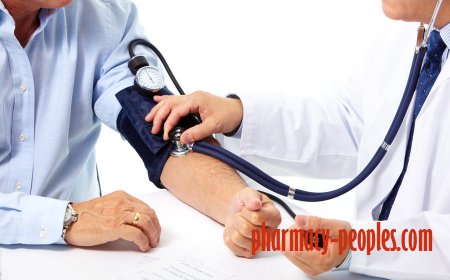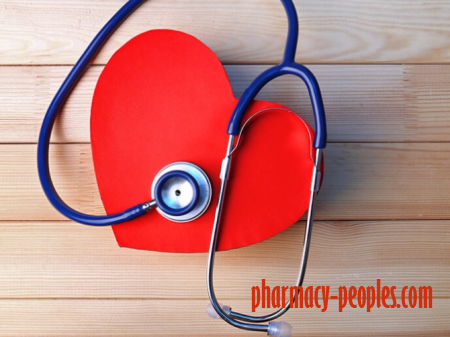Lower Your Blood Pressure At Home Naturally
Blood pressure is measured in millimeters of mercury (mmHg) normally written with the systolic number first. Systolic pressure is the highest pressure in an artery when your heart is pumping blood to your body. Diastolic pressure is the lowest pressure in an artery when your heart is at rest. When it comes to blood pressure, lower is better, as long as patients are not light headed.
Blood pressure is considered “hypertensive” when the systolic / diastolic pressure reads over 140 / 90. The ideal level is 115 / 75 and anything in between is considered “pre-hypertensive.” Causes of high blood pressure include stress, a diet high in sodium (salt), smoking, caffeine intake, obesity, kidney disease and genetics.
The Dangers of Hypertension
High blood pressure causes damage in the form of rips and tears in artery walls. The inflammation narrows the arteries and puts them at danger for being blocked. The healing of the damaged spots causes lumpy scabs to form. When blood rushes by these spots at high pressure, the scabs can break off into the blood stream and cause a clog.
If a blockage occurs in the brain, it is called a stroke, and in the heart (or the arteries leading to the heart) it is called a heart attack. In addition to ruptures, high blood pressure can also create holes in the arteries which cause internal bleeding and fluid leaching into tissues, eventually leading to body swelling.
High blood pressure also puts pressure on the kidneys and damages the delicate kidney tubes, which can cause loss of blood and protein. The body’s immune response then coats the kidney tubes and causes impurities to stay in the body, and the failure of the body’s filtering system will eventually result in the brain slowing down and other complications. Kidney failure is serious, as it requires daily dialysis until a kidney transplant is possible. There are currently 92,000 people in the U.S. on kidney transplant waiting lists.
Most of the time there are no symptoms of high blood pressure and heart disease, which is why they are considered a silent killer. 75 million Americans have high blood pressure and more than half do not get treated. The only way to prevent heart disease is to know your blood pressure number and manage it!
What You Can Do At Home to Lower Your Blood Pressure
If you have high blood pressure, you need to have regularly scheduled appointments with your doctor. Severe cases may require blood pressure medication. Eating healthier, losing weight, and quitting smoking are obvious ways to improve both blood pressure and overall health. Reducing stress is also important, which can be done through exercise, yoga, meditation and deep breathing. Here are some less obvious things you can try.
- Cut out smoking, caffeine, and alcohol
- Baby aspirin – take 2 low dose aspirin each night
- Magnesium – take a regular dose each night
- Hibiscus tea – 3 cups / day is shown to lower blood pressure
- Gurmar extract may help lower blood sugar and protect kidneys
- Increase your L-Argenine intake, as it helps blood vessels relax
*Do not take L-Argenine supplements, as this is an amino acid found naturally in food. It is found in dairy (so consume organic milk or yogurt), walnuts, and red meat, chicken and fish. Exercise caution with your L-Argenine intake if you are currently taking blood pressure medication, also if you are prone to cold sores or herpes, as L-Argenine may activate the virus that causes these.

